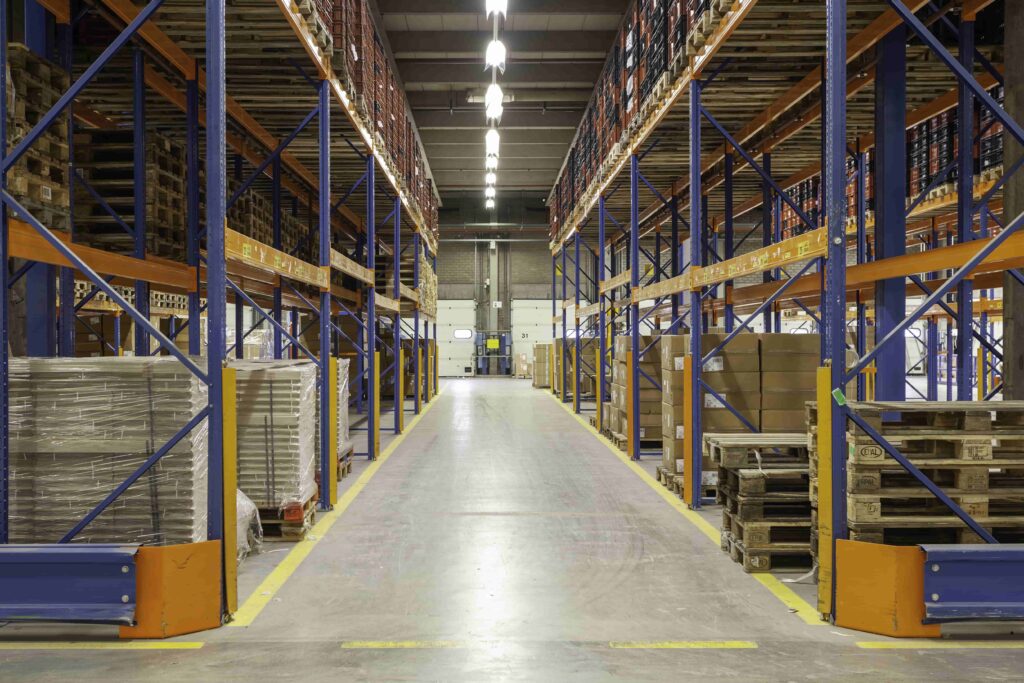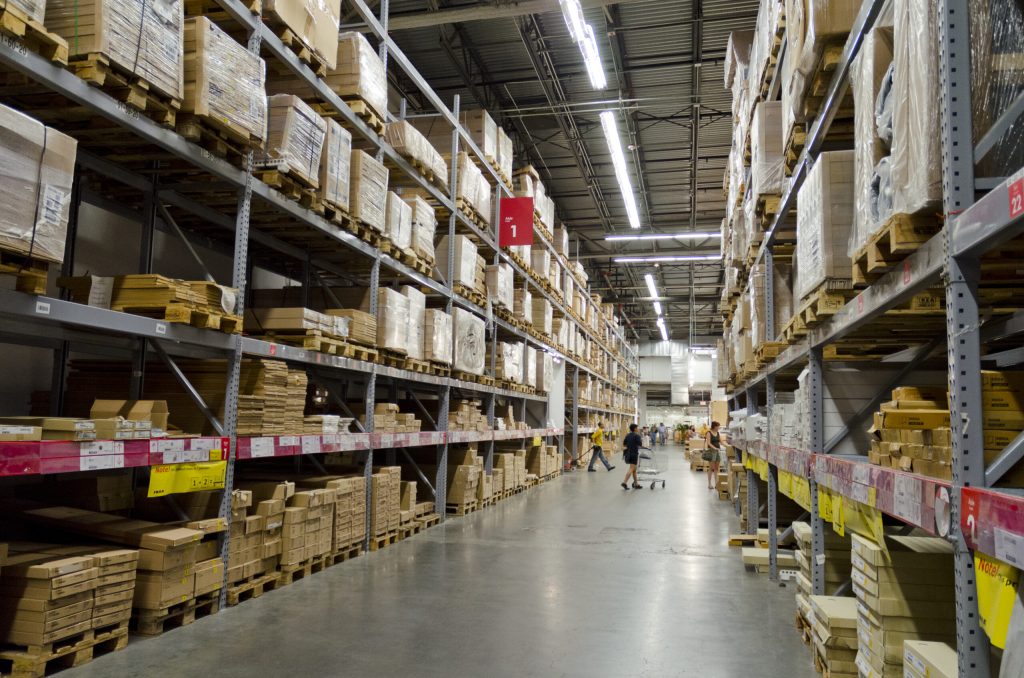Top 10 Unsafe Practices in Warehouse: Warehouse Safety Hazards and Tips
Running a warehouse efficiently requires not only proper organization but also a strong commitment to warehouse safety. Unfortunately, unsafe practices in warehouses are more common than many realize, leading to serious accidents, injuries, and operational delays. By understanding the top warehouse hazards and following essential warehouse safety tips, businesses can prevent accidents and maintain a safe environment for workers.
Top 10 Unsafe Practices in Warehousing
One of the most overlooked aspects of warehouse operations is safety. According to OSHA, warehouses pose risks such as:

1. Poor Housekeeping
Cluttered aisles, spills, and misplaced items create major warehouse safety hazards. Workers can trip, slip, or fall when aisles are not kept clear.
2. Overloading Storage Racks
Placing too much weight on racks and shelves increases the risk of collapse, making this one of the most dangerous safety hazards in warehousing.
3. Lack of Personal Protective Equipment (PPE)
Not wearing helmets, gloves, or safety shoes puts workers at risk from falling items, sharp edges, or chemical spills.
4. Unsafe Forklift Operation
Speeding, improper turning, or a lack of forklift training are common warehouse hazards that lead to accidents.
5. Ignoring Safety Signage
Failing to follow posted warnings and directions in the warehouse often results in preventable accidents.
6. Inadequate Lighting
Poor lighting in warehouses reduces visibility, making it difficult for workers to identify potential hazards.
7. Blocked Fire Exits
Stacking pallets or inventory in front of emergency exits creates serious warehouse safety hazards during emergencies.
8. Improper Lifting Techniques
Without proper training, workers often strain their backs or suffer injuries from lifting heavy items incorrectly.
9. Faulty Equipment Maintenance
Broken ladders, malfunctioning forklifts, or damaged racks are dangerous when not regularly inspected and repaired.
10. Lack of Safety Training
Failing to educate workers about warehouse safety tips and best practices leaves them vulnerable to accidents and injuries.
Warehouse Safety Tips

Conclusion
By identifying unsafe practices in warehouses and addressing them with proper warehouse safety tips, businesses can protect employees, increase efficiency, and avoid costly accidents.
Resources like the National Safety Council emphasize that these unsafe practices can quickly escalate into life-threatening accidents if not addressed. Warehouse safety is not just about compliance — it’s about creating a culture where every worker feels protected and valued. Eliminating unsafe practices and adopting best practices can go a long way in reducing risks. For employers, this means fewer accidents and more efficient operations. For employees, it means peace of mind knowing they are working in a safe environment.
FAQs About Warehouse Safety
What are the most common unsafe practices in warehouse environments?
The most common unsafe practices include poor housekeeping, overloading racks, improper forklift use, and lack of PPE.
What are the biggest warehouse safety hazards?
The biggest warehouse safety hazards include blocked fire exits, unsafe lifting practices, poor lighting, and unmaintained equipment.
What are essential warehouse safety tips?
Some key warehouse safety tips are keeping aisles clear, training staff, providing PPE, and ensuring proper equipment maintenance.
Why is addressing safety hazards in warehousing important?
Addressing safety hazards in warehousing prevents accidents, reduces downtime, and protects workers from serious injuries.
How can I reduce warehouse safety hazards?
You can reduce warehouse safety hazards by implementing regular training, enforcing safety protocols, and maintaining a hazard-free environment.
